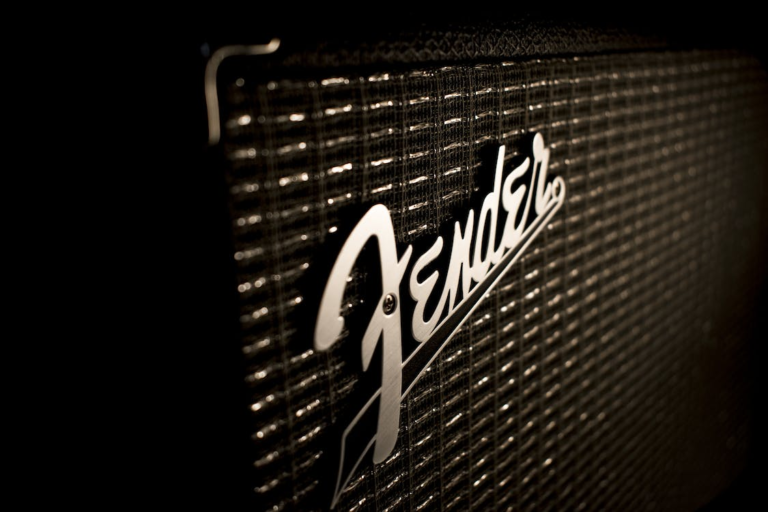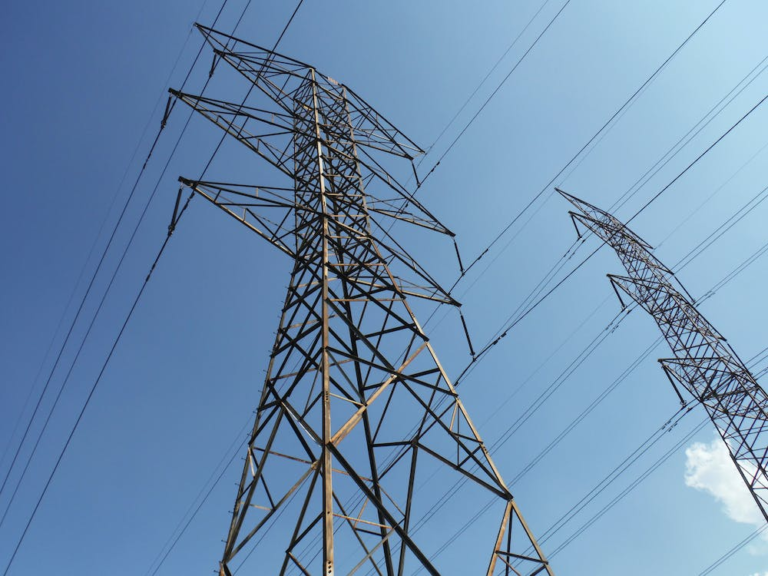Rectifier Basics
Many electronic circuits require DC voltage to operate, but the voltage from a standard 120V outlet is AC. A rectifier provides an easy way to convert AC voltage or current into DC voltage or current using a diode. A p-n junction diode allows electric current to flow in one direction (forward bias). By blocking current in the other direction (reverse bias), effectively blocking negative voltage. Additionally, there is a 0.7-volt drop across the diode when it conducts. This unique property of diodes enables them to function as rectifiers.

What is a rectifier?
A rectifier is an electrical device that changes alternating current (AC), which switches direction periodically, into direct current (DC), which flows in a single direction. The opposite process, converting DC back to AC, is done by an inverter.

This process is called rectification because it “straightens out” the current direction. Rectifiers come in various forms, such as:
- vacuum tube diodes
- wet chemical cells
- mercury-arc valves
- stacks of copper and selenium oxide plates
- semiconductor diodes
- silicon-controlled rectifiers and other silicon-based semiconductor switches.
Historically, even synchronous electromechanical switches and motor-generator sets have been used. Early radio receivers, known as crystal radios, utilized a “cat’s whisker” of fine wire touching a galena (lead sulfide) crystal to act as a point-contact rectifier or “crystal detector.”
What is the purpose of a rectifier?
A rectifier is an electrical device that converts alternating current (AC) into direct current (DC) by allowing current to flow in only one direction. Diodes act like one-way valves within the rectifier to ensure this unidirectional flow. This process is called “rectification.”
Practical rectifier
A practical rectifier is a circuit used to convert alternating current (AC) to direct current (DC). It typically consists of a diode or a set of diodes that allow current to flow in only one direction. To smooth out the pulsating DC output, a capacitor is often added to the circuit. The capacitor is charged during the positive voltage half-cycle and then discharges its stored energy to supply the load during the other half-cycle when the input voltage is negative. This process helps to reduce the ripple in the output voltage, providing a more stable DC output for electronic devices and circuits.

How does a bridge rectifier convert AC to DC?
A bridge rectifier converts AC to DC using four diodes arranged in a specific configuration. Regardless of the input AC signal’s polarity, the output signal is always of the same polarity. When the source is positive, the current flows from the source’s positive terminal through diode A, then through the load (RL) from positive to negative, and finally through diode B to the source’s negative terminal.

When the source is negative, the current flows from the source’s negative terminal through diode D, then through the load (RL) from positive to negative, and finally through diode C to the source’s positive terminal. In both cases, the current through the load (RL) is always positive, ensuring that the output voltage is consistently of the same polarity, which is the essence of how a bridge rectifier converts AC to DC.

What are the two types of rectifiers?
The two types of controlled rectifiers are the Half Wave Controlled Rectifier and the Full Wave Controlled Rectifier.
Half-Wave Rectification
For most power applications, half-wave rectification is inadequate. The output waveform has a high harmonic content, making it challenging to filter. Additionally, the AC power source only delivers power to the load during one-half of each full cycle, leaving half of its capacity unused. Despite these limitations, half-wave rectification is a straightforward method for reducing power to a resistive load. Some two-position lamp dimmer switches use this technique, applying full AC power for maximum brightness and half-wave rectified power for reduced light output.
Full-Wave Rectifiers
To fully utilize both half-cycles of an AC sine wave, a different rectifier circuit configuration is required. This type of circuit is known as a full-wave rectifier. One common design, called the center-tap configuration, uses a transformer with a center-tapped secondary winding and two diodes, as illustrated in the figure below.
What is the difference between a rectifier and a transformer?
Rectifiers convert alternating current (AC) to direct current (DC). In contrast, transformers are static devices that can either increase (step up) or decrease (step down) voltage without changing the supply frequency.
What is a practical example of a rectifier?
Rectifiers find various applications: They provide polarized voltage in electric welding. Half-wave rectifiers serve as mosquito repellents and signal peak detectors in AM radio.

The charge port links the vehicle to an external power source for battery pack charging. A rectifier transforms alternating-current (AC) voltage from the grid (Level 1 or 2 home charging) into direct-current (DC) voltage which can be stored in the EV battery.
What does a rectifier in an alternator do?
In a conventional internal combustion engine (ICE) vehicle, the alternator’s stator generates an AC charge, but the car’s battery and electronics require DC power. The rectifier’s role is to convert this alternating electric charge into direct current, making it compatible with the vehicle’s electrical system.


Rectifier Example for Heavy-Duty Vehicles

What are some Advantages and disadvantages of Rectifiers?
Rectifiers offer several key advantages but despite their benefits, rectifiers have some disadvantages.
Advantages of Rectifiers
They convert AC power to DC power, which is essential for operating electronic devices and charging batteries in devices and electric vehicles. In industrial applications, rectifiers are used for processes such as electroplating and welding. They facilitate efficient high-voltage direct current (HVDC) power transmission over long distances and provide controlled and stable DC power necessary for precision applications.
Rectifiers are also integral to renewable energy systems, converting variable AC from sources like wind and solar into DC for energy storage. Additionally, they play a vital role in signal processing by converting AC signals into rectified signals, contribute to energy efficiency in power conversion processes, and are cost-effective and reliable for a wide range of applications.
Disadvantages of Rectifiers
They generate harmonics and electrical noise during the conversion process, which may require additional filtering components to reduce output ripple. Rectifiers are limited in handling high power levels compared to some alternative technologies, and their efficiency can decrease at partial loads or when operating away from design conditions.
Certain types of rectifiers and associated equipment can have high initial costs. Some rectifiers may also have a relatively lower power factor, leading to poor power quality. Maintenance may be necessary, especially in heavy industrial applications, and high-power rectifiers can generate heat, necessitating cooling mechanisms. Additionally, rectifiers are incompatible with AC-powered devices, requiring additional conversion for certain applications. Finally, some types may contain hazardous materials, raising environmental concerns.
Conclusion
In summary, rectifiers are fundamental components in modern electrical and electronic systems, essential for converting AC to DC power. Their versatility extends across numerous applications, from powering electronic devices and charging batteries to industrial processes like welding and electroplating. While they offer significant advantages, such as efficiency in power conversion and reliability. They also come with challenges, including harmonics generation, power handling limitations, and potential environmental concerns.
Understanding the basics of rectifiers, including their types and operational principles, is crucial for leveraging their benefits and mitigating their drawbacks in various applications. As technology advances, rectifiers will continue to play a pivotal role in the efficient and effective management of electrical power.






